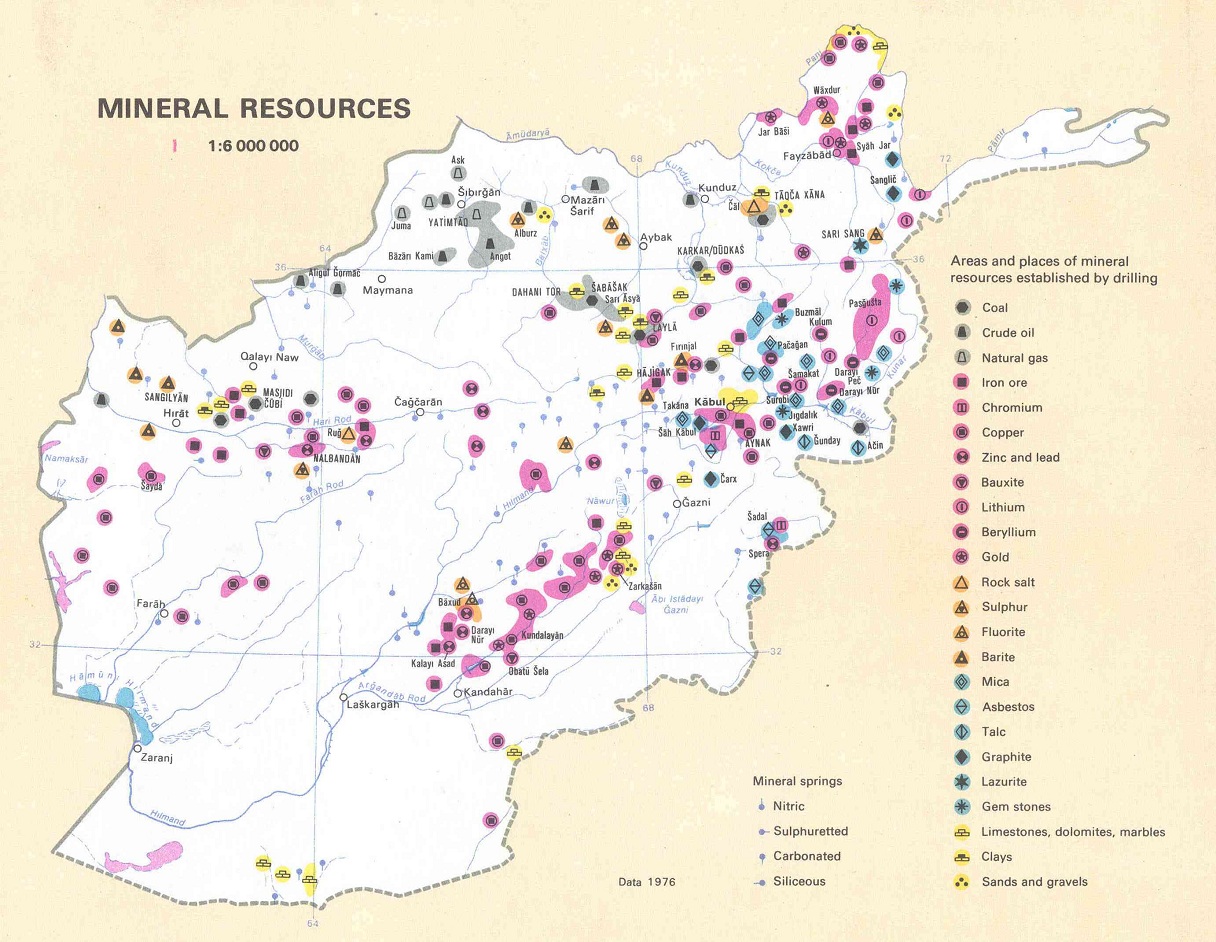Afghanistan’s mineral wealth Towards an Economy of Plunder

Towards an Economy of Plunder
The US media, in chorus, has upheld the “recent discovery” of Afghanistan’s mineral wealth as “a solution” to the development of the country’s war torn economy as well as a means to eliminating poverty. The 2001 US-NATO invasion and occupation has set the stage for their appropriation by Western mining and energy conglomerates.
The war on Afghanistan is a profit driven “resource war”.
Under US and allied occupation, this mineral wealth is slated to be plundered, once the country has been pacified, by a handful of multinational mining conglomerates. According to Olga Borisova, writing in the months following the October 2001 invasion, the US-led “war on terrorism [will be transformed] into a colonial policy of influencing a fabulously wealthy country.” (Borisova, op cit).
Part of the US-NATO agenda is also to eventually take possession of Afghanistan’s reserves of natural gas, as well as prevent the development of competing Russian, Iranian and Chinese energy interests in Afghanistan.
Note
1. The Golden Crescent trade in opiates constitutes, at present, the centerpiece of Afghanistan’s export economy. The heroin trade, instated at the outset of the Soviet-Afghan war in 1979 and protected by the CIA, generates cash earnings in Western markets in excess of $200 billion dollars a year.
Since the 2001 invasion, narcotics production in Afghanistan has increased more than 35 times. In 2009, opium production stood at 6900 tons, compared to less than 200 tons in 2001. In this regard, the multibillion dollar earnings resulting from the Afghan opium production largely occur outside Afghanistan. According to United Nations data, the revenues of the drug trade accruing to the local economy are of the order of 2-3 billion annually.
In contrast with the Worldwide sales of heroin resulting from the trade in Afghan opiates, in excess of $200 billion. (See Michel Chossudovsky, America’s War on Terrorism”, Global Research, Montreal, 2005)


Comments
Post a Comment